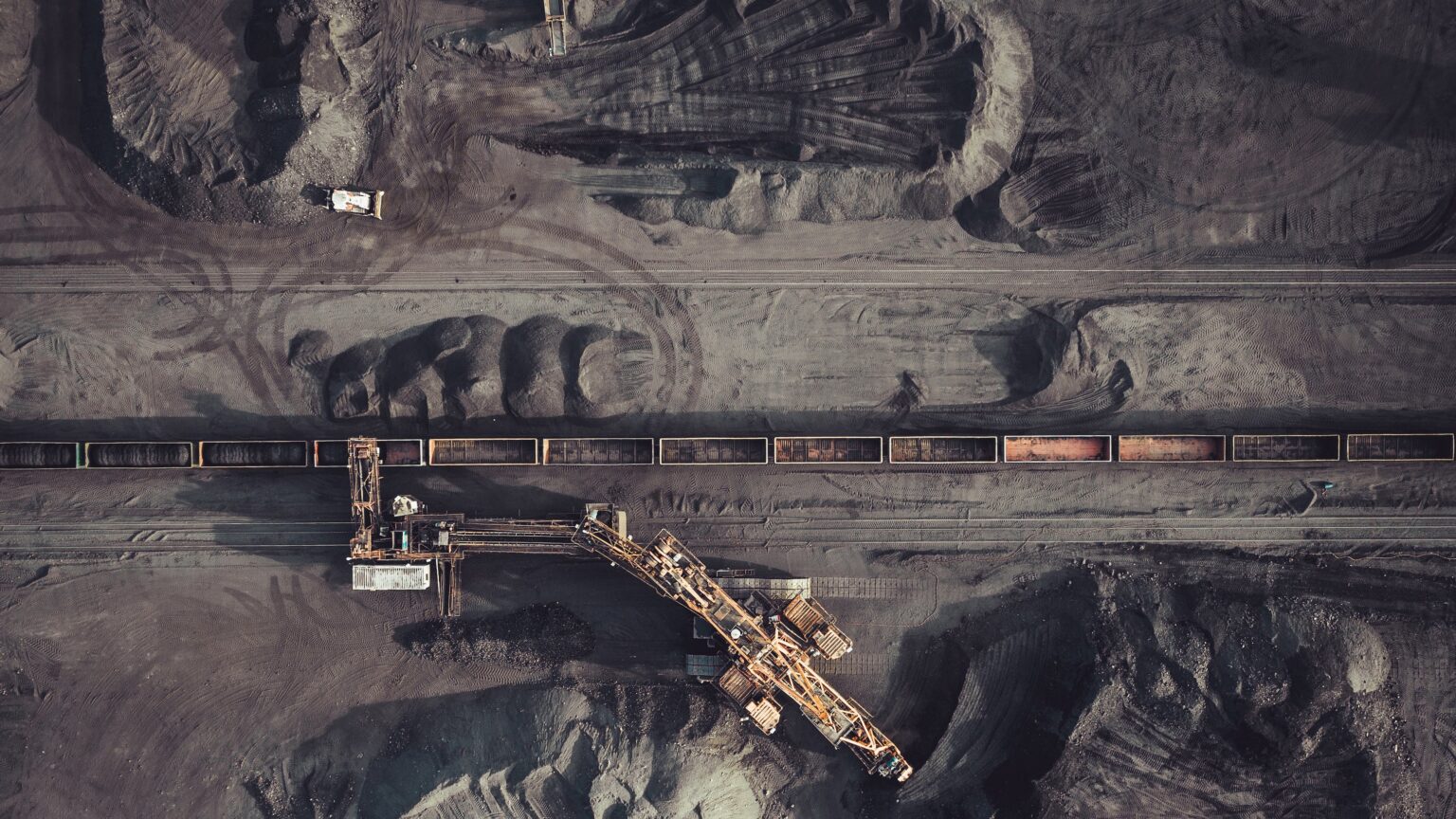Table of Contents
In the realm of industrial extraction, strip mining stands as a contentious practice that has sparked debates surrounding its environmental impacts, economic benefits, and ethical considerations. As bulldozers tear away layers of earth to uncover valuable minerals and resources, the landscape is forever altered, leaving behind scars that extend far beyond the surface. Join us as we delve into the world of strip mining, exploring its methods, consequences, and the complex web of issues that surround it.
Understanding Strip Mining
Strip mining, also known as surface mining, is a method of extracting minerals and resources that are close to the earth’s surface. Unlike traditional underground mining, which involves digging tunnels and shafts to reach deposits deep underground, strip mining involves removing layers of soil, rock, and vegetation to expose mineral seams. This process typically involves the use of heavy machinery, such as bulldozers, excavators, and draglines, to remove overburden and extract valuable resources, such as coal, copper, and uranium.
The Methods of Strip Mining
There are several methods of strip mining, each with its own unique set of challenges and environmental impacts. One common method is known as “contour mining,” where the land is carved into a series of terraces or benches, following the natural contours of the landscape. Another method, known as “area strip mining,” involves removing large sections of land in a systematic fashion, with the overburden being placed in adjacent valleys or pits. Regardless of the method used, strip mining results in significant disruption to the natural landscape and ecosystem.
Environmental Impacts of Strip Mining
Strip mining has far-reaching environmental impacts that extend beyond the immediate area of extraction. The removal of vegetation and topsoil disrupts ecosystems and habitats, leading to habitat loss and fragmentation for wildlife. Additionally, the exposure of mineral seams and the disturbance of underlying rock layers can result in soil erosion, sedimentation of waterways, and contamination of soil and water with heavy metals and other pollutants. Moreover, strip mining can alter the hydrology of an area, affecting groundwater recharge and water availability for local communities and ecosystems.
Controversies Surrounding Strip Mining
Strip mining is not without controversy, with critics raising concerns about its environmental impacts, social implications, and ethical considerations. Environmentalists argue that strip mining contributes to deforestation, habitat destruction, and biodiversity loss, threatening sensitive ecosystems and endangered species. Moreover, the displacement of communities, loss of cultural heritage, and negative health effects associated with strip mining have led to calls for stricter regulations and oversight of the industry.
Regulatory Framework and Mitigation Measures
In response to growing concerns about the environmental and social impacts of strip mining, governments and regulatory agencies have implemented various measures to mitigate the negative effects of the practice. These measures may include reclamation requirements, habitat restoration efforts, and environmental monitoring programs aimed at minimising the long-term impacts of strip mining on ecosystems and communities. Additionally, technological advancements, such as the development of more efficient extraction methods and cleaner production technologies, hold promise for reducing the environmental footprint of strip mining operations.
The Future of Strip Mining
As we look to the future, the debate surrounding strip mining is likely to intensify, with stakeholders grappling with competing interests and priorities. While the demand for minerals and resources continues to grow, concerns about environmental sustainability, social equity, and ethical responsibility will shape the trajectory of the industry. Moving forward, there is a need for greater collaboration and dialogue among industry stakeholders, policymakers, environmental advocates, and local communities to develop solutions that balance the need for economic development with the imperative of environmental protection.
Conclusion
In conclusion, strip mining remains a controversial practice that raises complex questions about environmental stewardship, economic development, and social justice. While strip mining offers significant economic benefits in terms of resource extraction and energy production, its environmental impacts and social consequences cannot be ignored. As we navigate the challenges and opportunities posed by strip mining, it is essential to consider the long-term implications of our actions and work towards solutions that prioritise sustainability, equity, and responsibility for future generations.
For More Information Please Visit These Websites Viprow And Vecteezy

